7 Nights / 8 Days

This tour is best suitable for those who are deprived of time but needed a glimpse of what Bhutan stands for and its beauty. Scores of historical sites are located within these three districts.
This cultural tour through the mystical Western valleys of Bhutan is an ideal introduction to the Dragon Kingdom. Experience Bhutanese hospitality, admire the ever-changing landscapes, and immerse yourself in Bhutan a rich Buddhist culture. Highlights include Ta Dzong Museum, Rimpong Dzong with its wooden cantilevered bridge, and the infamous Taktsang Monastery (Tiger’s Nest) in the beautiful Paro Valley,
On arrival at Bagdugra you will be greeted by one of our representative and drive to Phuntsholing and check in the hotel. • If time permits stroll down the market.
Morning drive to Immigration Office for Route Permits and after finishing the formalities at Immigration Office proceed to Thimphu, the modern capital town of Bhutan. 4km ahead of Phuentsholing, visit Kharbandi Gompa, a beautiful Overnight monastery situated in the garden of tropical plants and flowers.
Centenary Farmer’s Market is where most of the locals gather on the banks of the river every weekend. Villagers from the nearby valley come here to sell agricultural products and handmade crafts.
Today we visit the National Folk Heritage Museum, dedicated to connecting Bhutan to its past with exhibitions, demonstrations, and artifacts. Designed to resemble a rural home, this 19th-century building houses three stories of art, culture, and relics.
At The National Textile Museum, you will witness the art of weaving and learn about the significance of textile design. Bhutanese weaving is considered a living art form and the Royal Government preserves traditional weaving methods.
The National Memorial Chorten was built in 1974 to honor the late King Jigme Dorji Wangchuck. A chorten is a hemispherical-shaped memorial stupa. Known as the most visible religious landmark in Bhutan, it is used as a place of meditation.
Outside Thimphu is Simtokha Dzong, the oldest fortress in Bhutan. Legend says it was built to imprison a demon that was terrorizing the area. The first fortress of its kind, it features beautiful Buddhist paintings and carvings.
Thimphu Tashichho Dzong, a traditional fortress and Buddhist Monastery, is the largest in the city. Featuring distinctive Bhutanese architecture, using neither nails nor written plans, the structure serves as the current seat of the King of Bhutan.
On our way to Punakha, the former capital of Bhutan, we will stop at Dochula Pass. Providing stunning 360-degree views of the Himalayan Mountains, it is also the location of the 108 Druk Wangyal Chortens. Ashi Dorji Wangmo Wangchuck, the present Queen Mother of Bhutan, built the memorial to commemorate Bhutan’s victory over Indian militants and to liberate the souls of those who died.
Sitting at the fork of two rivers, Punakha Dzong is considered one of the most beautiful spots in Bhutan. With spectacular displays of Bhutanese architecture, it stands as if a medieval city surrounded by lavender Jacaranda trees. Built in 1637, the six-story structure is the second oldest and second-largest dzong in Bhutan. It still serves as the winter home of the Je Khenpo, Chief Abbott of the clergy. In 2011, it hosted the royal wedding of King Jigme Khesar Namgyel Wangchuck and Queen Jetsun Pema.
LongestThe longest suspensory bridge in the Kingdom is located just a few yards ahead of Punakha Dzong.
Khamsum Yulley Namgyal Chorten is a one-of-a-kind example of Bhutanese art and architecture, built by the third Queen Mother, Ashi Tshering Yangdon Wangchuck. This beautifully designed chorten took nine years to build, using only religious scriptures to construct the four-story temple. Accessible only by foot, the one-hour walk crosses over a suspended footbridge that is adorned with colorful prayer flags.
We head back to scenic Paro Valley, home to many of Bhutan’s oldest monasteries and the country’s only airport. This mixture of old and new makes Paro an important part of Bhutan’s past, present, and future.
The valley is home to Chomolhari (Jomolhari) Mountain, located on the northwestern border of Bhutan and Tibet. Often called the wife of Kangchenjunga, the world’s third-highest mountain, Chomolhari is Bhutan’s third tallest mountain at 24,035 feet. The glacier waters flowing from the mountain feed the rivers of the Paro Valley.
Paro (Rinpung) Dzong means Fortress on Jewels because it was built using stones rather than clay. It is an excellent example of 15th-century architecture and one of the most impressive dzongdzongs in Bhutan. It currently serves as the government center of Paro. A cantilever bridge that crossed the river was damaged by fire in 1907 and later washed away by floods, so the original construction was lost.
Located on a hill above Para Dzong is Ta Dzong. This cylindrical watchtower was built in 1649 and converted into the National Museum of Bhutan in 1968. The spiral-shaped building holds antiques, art, textiles, weapons, and household items that tell the history of Bhutan.
We will take a two-hour hike to Taktsang Monastery, arguably one of the most photographed monasteries in Bhutan. Accessible only by foot, this sacred site was built precariously on the cliff’s edge, more than 10,000 feet above sea level. This is where Guru (Rinpoche) Padmasambhava, the father of Bhutan Buddhism, is said to have flown on the back of a tiger to meditate in a cave for three years. An exhilarating climb to the cafeteria is decorated with colorful prayer flags and provides breathtaking views of the Himalayas.
A short drive away is the ruins of Drukgyal Dzong. The great Zhabdrung Ngawang Namgyal built this fortress in 1647 to fight invading Tibetan armies. In 1957, a fire destroyed the dzong, but it was left in ruins as a reminder of Bhutan’s glorious past military victories. On clear days, the snow-capped peak of Chomolohari Mountain can be seen.
Vsit to Kyichu Lhakhang, one of the oldest Buddhist temples in Bhutan. Tibetan King Songtsen Gambo the second of two temples builds this in Bhutan in a single day to hold down the giant demoness who was preventing the spread of Buddhism.
Early morning after breakfast, visit Ta Dzong (National Museum) and walk down the trail to visit Rinpung Dzong, the fortress which has a long and fascinating history. Nya Mey Zam Bridge - "The Bridge with No Fish" is the bridge that connects Paro Town to Dzong. It is one of the finest specimens in Bhutan and local believes if one sees a fish in the river, it is an ill omen. The earlier bridge which could be folded during the war was washed away by a flood in 1969. Later Drive to Phuntsholing
We bid a fond farewell to this beautiful Himalayan country and we look forward to seeing you again in this beautiful land of endless Enchantments! Tashi Delek.
| No of pax | Age Limit | Price per pax (Rs) |
|---|---|---|
| Adult | Above 18 years | $ 581 / Adult ( With Tax ) |
| City | Hotel Name | Star Rating |
|---|---|---|
| Phuntsholing | Hotel Park | |
| Thimphu | Hotel Nordenma | |
| Punakha | Damchen Resort | |
| Paro | Rema Resort |
Bhutan GBS Tours & Travel is licensed (No: 1041074 and ISC Code: ISIC-63040) by the Tourism Council of Bhutan, which is the Government regulatory body of tourism. Bhutan GBS Tours & Travel is an established tour operator with a team of dedicated and professional staff. We provide personal care and professional services for our valued visitors to Bhutan. We are committed to offering the best of all kinds of cultural tours and travel packages. To fulfill the diverse requirements of our valued customers, we design and provide customized tour itineraries in addition to the standard packaged tours. The company is run by professional guides and tour conductors. With Bhutan GBS Tours & Travels, a client is not just a number but a person with a name and identity unique and special to us. Individual preferences are given utmost priority and we aspire to help travelers realize the full potential of Bhutan, the Land of Thunder Dragon. e deal in tour and travel services. Read More...
49,966 PP

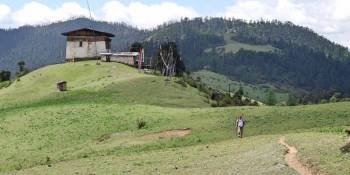 8D/7N
8D/7N
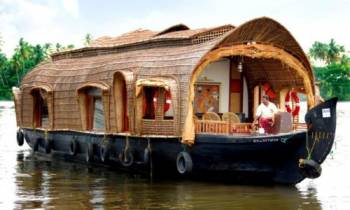 8D/7N
8D/7N
 8D/7N
8D/7N
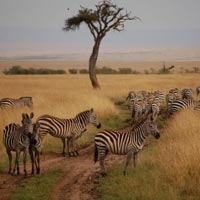 8D/7N
8D/7N
 8D/7N
8D/7N
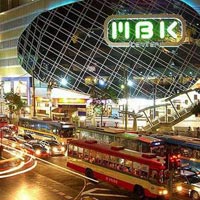 8D/7N
8D/7N
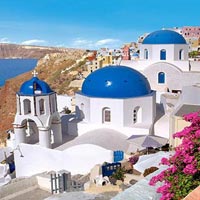 8D/7N
8D/7N
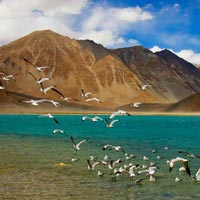 8D/7N
8D/7N
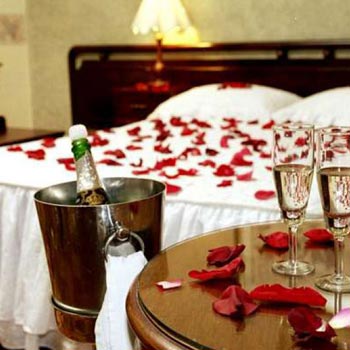 8D/7N
8D/7N
Delhi Shimla Manali Honymoon Package
New Delhi - Shimla - Manali - Chandigarh City
 8D/7N
8D/7N
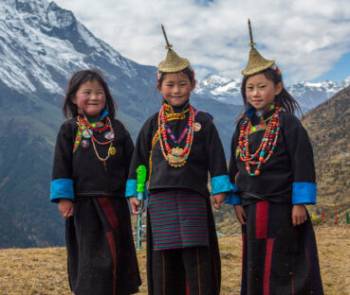 5D/4N
5D/4N
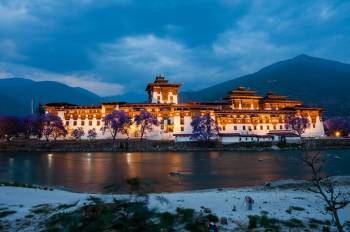 7D/6N
7D/6N
6 Nights/ 7 Days - Bhutan Happiness Tour
Punakha - Bumthang - Paro - Thimphu - Phobjik
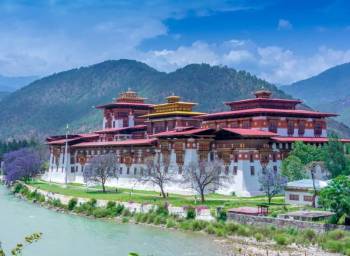 7D/6N
7D/6N
 20D/19N
20D/19N
20 Days Land Package Country Tour BHUTAN..
Punakha - Paro - Phuntsholing - Bagdogra - Bumthang - Mongar - Trashigang - Trongsa..
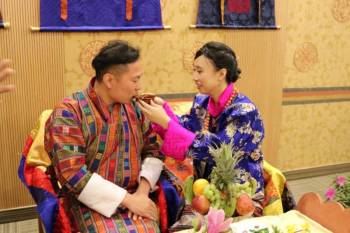 4D/3N
4D/3N
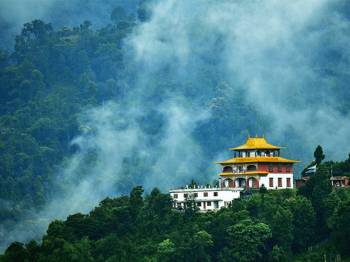 8D/7N
8D/7N
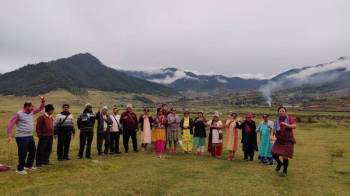 6D/5N
6D/5N
 7D/6N
7D/6N
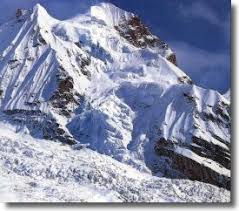 9D/8N
9D/8N
8 Night 9 Days Bagdogra Airport to Gang..
Bagdogra - Gangtok - Lachen - Lachung